Overview
The persistent ambition to create truly adaptive enterprise software—systems capable of autonomously modifying their behavior and structure in response to dynamic environments—has largely remained unfulfilled. While research has produced sophisticated control loop architectures and adaptive algorithms, their adoption in complex enterprise settings is fraught with challenges. The primary impediment isn’t procedural but ontological. The prevailing architectural paradigm, rooted in highly domain-specific ontological models, creates semantic rigidity fundamentally at odds with the fluidity required for genuine adaptation. These models, while optimizing for precision within siloed business contexts, inadvertently construct a fragmented and brittle enterprise landscape that resists the holistic, cross-domain reasoning on which adaptation depends.

The pursuit of semantic precision has precipitated an interoperability crisis.
Semiosphere represents a paradigm shift from data-centric to meaning-centric architecture. Drawing on Juri Lotman’s semiotic theory, it treats meaning itself as a first-class architectural entity—not a property of data but an emergent phenomenon arising from observation, context, and interpretation. Where traditional systems seek to impose a unified enterprise ontology, Semiosphere embraces polyglottism: the recognition that intelligence emerges not from semantic uniformity but from dialogue between diverse, even conflicting, interpretive frameworks.
Semiosphere envisions a dynamic runtime architecture where computation, communication, and cognition converge. Unlike traditional systems that fragment into static interfaces, Semiosphere simplifies everything into three fundamental concepts: Subjects, Signals, and Signs. These concepts are then placed within the context of three structural mechanisms: Circuits, Conduits, and Pipes, and supported by three relational primitives: Sources, Subscribers, and Subscriptions. Together, these elements form a semiotic substrate that facilitates the dynamic self-organization of processes, agents, and environments around meaning, rather than relying on mechanical boundaries.
Semiosphere is a world-forming system, not an application framework, providing a substrate for continuous interpretation, transformation, and organization of signs across time, scale, and context.
Simplification to Fundamental Units
Subject
A subject is any identifiable point of observation or action. It can represent a service, component, agent, or aggregate—anything capable of having a state and producing or interpreting signals. Unlike static objects, subjects are living points of view within the system.
Signal
A signal is the emitted activity of a subject: an observable change, event, or judgment. Signals represent occurrence, not explanation. They carry context, strength, and lineage—enough to allow observers to infer their relevance.
Sign
A sign emerges when a signal acquires meaning through observation. Signs exist at multiple interpretive levels. Perceptual signs describe raw facts or stimuli. Status signs express judgments or inferred conditions. Situational signs synthesize context into coherent meaning.
By distinguishing between signal (what occurs) and sign (what it signifies), Semiosphere serves as the foundation for reasoning, adaptation, and narrative formation, both for machines and humans.
Structural Mechanisms
Circuit
A circuit is a self-contained execution environment that processes signals sequentially and deterministically. It establishes a temporal locality—a context in which signals are received, transformed, and emitted. Each circuit maintains internal order, ensuring that the meaning is consistent for all conduits operating within it.
Conduit
A conduit connects subjects and circuits, enabling the controlled flow of signals through channels. It establishes the semantics of movement, such as subscription, transformation, or aggregation, while ensuring coherence and causality. Within a conduit, channels function as named subjects, each retaining its unique identity while contributing to the circuit’s unified processing environment.
Pipe
A pipe represents the actual flow of materialized meaning between circuits or processes. While conduits establish structure, pipes represent motion—the directed propagation of signs and signals across boundaries, with the potential for transformation or filtering along the way.
Together, these three mechanisms form the plumbing of cognition within the Semiosphere: circuits define where meaning resides, conduits define how it connects, and pipes define how it moves.
Relational Dynamics
While circuits, conduits, and pipes define how meaning flows through structure, Semiosphere introduces a triadic model of source, subscriber, and subscription to describe how relations of observation and influence emerge, persist, and evolve.
Source
A source refers to any subject (a Conduit or Cell) that emits signals into its environment. It acts as a point of origin—a generator of perceptual or interpreted signs. Sources are the expressive aspect of Semiosphere: they project activity into the field of observation, initiating the movement of meaning.
Subscriber
Subscribers are semiotic agents that express interest in specific classes of signals or signs emitted by a source. They respond dynamically to emerging subjects—the channels through which signs flow. When a new subject appears within a source, the subscriber receives a notification, enabling it to register pipes that will receive emissions from that Subject.
Subscription
A subscription formalizes the relationship between sources and subscribers through a two-phase binding mechanism. Initially, a subscriber expresses interest in a source by subscribing to it. This dynamic registration pattern enables subscribers to apply filters of relevance, such as temporal, semantic, or situational, to focus their attention on the most likely areas where meaning will emerge.
Together, these three elements form the relational tissue of Semiosphere. They describe not just how information moves, but how attention and significance organize the system from within. As patterns of subscription form, intensify, or fade, the runtime adjusts its topology accordingly, bringing sources and subscribers into closer proximity when their exchanges generate meaningful coherence.
Semiosphere, through its triadic dynamic, transforms observation into a catalyst for self-organization. It enables relationships of interest and relevance to continuously reshape the runtime’s structure, prioritizing what truly matters. This relational model serves as the foundation upon which agents—whether human or artificial—engage in the system’s interpretive processes.
Agents and Scales of Observation
Within the Semiosphere, every active entity, including services, observers, sensors, analyzers, and decision engines, is conceptualized as an Agent possessing the following capabilities:
- Produce signals (sources and subjects)
- Observe signals (consumers or interpreters)
- Transform signals (translators between semiotic domains)
- Transfer signals (replayers, relays)
Because agents exist within and across a hierarchy of circuits, they naturally scale. This stratification mirrors the layered cognition of living systems, where perception, comprehension, and projection happen simultaneously.
- Local agents process perceptual signals
- Intermediary agents derive statuses and judgments
- Higher-order agents synthesize situations or scenarios
Semiosphere provides a shared foundation for human and artificial agents to coexist, exchange signs, and collaborate effectively.
Dynamic Organization and Runtime Plasticity
The Locality-First Principle
Unlike microservices architectures that begin with API boundaries and thus commit prematurely to distribution, Semiosphere defaults to locality. Processing begins co-located within circuits; only as higher-order signs emerge and stabilize does the system consider propagation across boundaries. This locality-first principle ensures that deployment topology follows semantic necessity rather than anticipating it.
Boundary crossing has an inherent cost hierarchy:
- Within a circuit (Substrates): negligible overhead, function-call semantics
- Across circuits (Substrates): minimal overhead, local message passing
- Across processes (Signetics): moderate overhead, serialization required
- Across network (Signetics): significant overhead, reserved for consolidated situations
The system migrates processing outward only when the semantic importance of an event justifies the distribution cost.
Adaptive Topology
Semiosphere is designed to self-organize based on its own activities. The runtime observes the density, recurrence, and coherence of signs and adjusts its topology accordingly. Circuits can expand, merge, or replicate based on the affinity of meaning, rather than solely relying on CPU measurements. This enables Semiosphere to achieve the following:
- Bring consumers closer to sources of recurring meaning.
- Promote transformations to the edge when coherence patterns stabilize.
- Prune or decay inactive paths, freeing resources for new semiotic formations.
- Maintain continuity of interpretation even as internal structure evolves.
Semiosphere undergoes gradual adaptation, maintaining stability while evolving its organizational structure. Essentially, it demonstrates organizational plasticity, learning how to organize itself in response to its experiences.
Organizational Mechanisms
The runtime employs mechanisms inspired by neural plasticity:
Hebbian
Coherence
When sign sequences consistently co-occur in time and create stable situations, the system strengthens their circuits by co-locating or connecting them directly.
Synaptic
Pruning
Low-traffic conduits and dormant sign flows gradually diminish over time unless reactivated, thereby freeing up resources for the emergence of new patterns.
Homeostatic
Balance
Flow equilibrium prevents hot circuits from monopolizing attention by redistributing transformation load to maintain system stability.
Structural
Plasticity
Persistent novel sign pairings that exceed activation thresholds create new circuits or replication routes, enabling the system to expand its interpretive capacity.
Neuro
Modulation
The system’s plasticity changes based on importance. New experiences make it more sensitive to reorganization, while routine patterns consolidate and reinforce existing structures.
These mechanisms operate without central coordination, creating distributed organizational intelligence.
Alignment Between Human and Machine
The human-in-the-loop isn’t expected to manage the system’s topology but to identify patterns that the system reveals. Insignificant sequences are delegated to slower, background agents, while recognized situations remain in active attention.
The system provides observability not through traditional metrics but through semiotic memories: patterns of sign flow and histories of situation formation. Humans observe what meanings are stabilizing rather than how services are deployed, maintaining interpretive continuity even as the system’s topology shifts beneath them. This design keeps the human focused on recognition, not orchestration—mirroring how cognition delegates routine perception to subconscious layers while preserving conscious oversight at the level of situations and intentions.
Evolution, Not Orchestration
Semiosphere’s organization unfolds evolutionarily, not through top-down orchestration. It can adapt:
- Bottom-up (from signal flow)
- Top-down (from human guidance or situational goals)
- Middle-out (from mediating control agents)
The architecture intentionally lacks determinism in organizational direction, enabling experimentation and adaptation across various deployment contexts, including technical, operational, and design. Each instance of Semiosphere transforms into a unique ecosystem of subjects and signs, continuously reconfiguring to align with the living conditions of its environment.
Constraints and Developmental Stability
While Semiosphere emphasizes adaptive organization, it isn’t anarchic. Several mechanisms provide stability:
Temporal
Dampening
Reorganization occurs gradually, with hysteresis preventing thrashing from transient patterns. Circuits develop commitment over time—early plasticity gives way to structural stability.
Constitutional
Constraints
Certain boundaries (security, compliance, latency requirements) can be marked as invariant, providing hard limits that guide but don’t eliminate adaptation.
Salience
Modulation
The system adjusts its own plasticity based on situational significance. Routine patterns stabilize existing structure; novel or error-laden patterns increase reorganization sensitivity.
Semiotic
Memory
Past coherences create affinity gradients that bias future organization, allowing the system to return to proven configurations while remaining open to innovation.
These mechanisms ensure that Semiosphere develops a recognizable structure while retaining the capacity to evolve.
The Architectural Outcome
By reducing system design to subjects, signals, and signs, and operationalizing them through circuits, conduits, and pipes, Semiosphere achieves three enduring outcomes:
Simplicity of
Composition
Complex systems are expressed through a minimal, universal grammar of interaction.
Continuity of
Meaning
Observations and judgments maintain coherence across changing scales and boundaries.
Adaptive
Organization
Structure and deployment evolve organically with flow, preserving intelligence through change.
Where microservices fragment understanding across rigid boundaries, Semiosphere maintains narrative coherence across a fluid topology. Its architecture transforms into a living medium—not a fixed assembly of components, but a continuously reorganizing interpretive field that evolves toward meaning rather than optimizing toward metrics.
Semiosphere transforms runtime architecture from a static assembly of services into a dynamic, interpretive environment—a digital semiotic space that evolves, learns, and reconfigures itself based on the meanings it uncovers.
